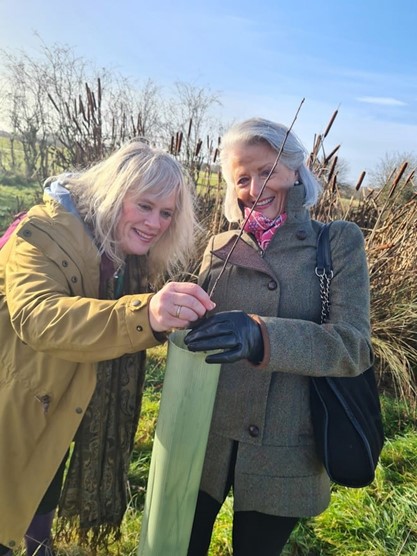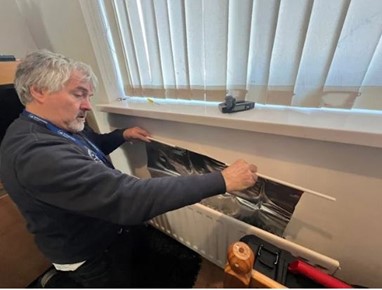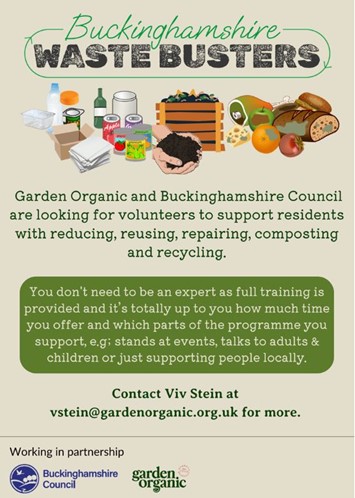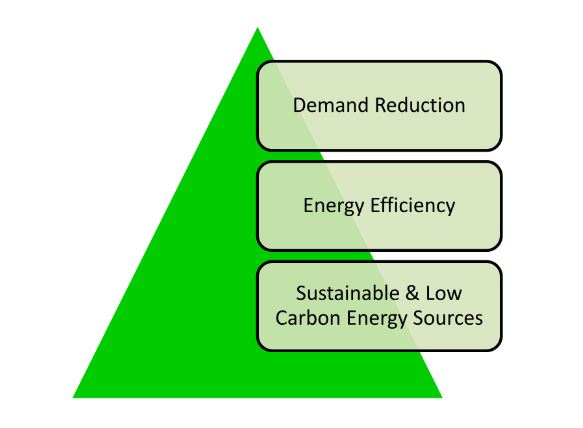Climate newsletter 2
|
|
National Tree Week We recently celebrated National Tree Week, which ran from 25th November to 3rd December, looking back at our progress over the last 12 months; with three new woodlands established in Wing, Amersham and Hazlemere. As part of our LATF tree planting this year, several new 'Tiny Forests' are expected to pop up at different sites across the County and local groups such as Gerrards Cross Town Council will benefit from this funding. The first of this year’s round of Tiny Forests is already in the ground at Hamilton Academy in High Wycombe. It was a wet and muddy planting day on the 14th of December, but (along with Earthwatch) the students from year 6 at Hamilton Academy managed to plant 600 trees over three sessions, while avoiding getting stuck in the mud (mostly!). The students enjoyed getting involved in tree planting and are excited about looking after their new Tiny Forest. Visit to Wing Woods Following the planting in spring of the first 109,000 trees at our new woodland near Wing, Deputy Cabinet Member for Climate Change & Environment, Jilly Jordan, and local ward members Diana Blamires, Ashley Bond and Peter Cooper visited the infant woodland during National Tree Week. They were also joined by Forestry England who are responsible for the management of the site under the Forestry England Woodland Partnership Scheme agreement with the Council. Two Forestry England Woodland Creation Officers were on site to carry out health check surveys of the young trees and the Bucks Cllrs were pleased to see that the saplings are doing well. The woodland will eventually contain 132,000 trees and we expect there to be opportunities for volunteer planting there in the spring.
Image: Councillor Diana Blamires and Deputy Cabinet Member for Climate Change & Environment, Jilly Jordan.The Domestic Resource Efficiency Service celebrates 250 Energy Doctor visits –could they help you or someone you know stay warm this winter? Buckinghamshire Council’s Domestic Resource Efficiency Service has delivered free home visits to over 250 residents this year, where Energy Doctors have provided energy saving advice and installed low cost easy retrofit resource efficiency measures including LED lightbulbs, draught proofing and heated blankets. This will save an estimated 142.81 tonnes of CO2e and £64,731 off residents’ energy bills each year. Can you help us beat these savings in 2024 by signing up for an Energy Doctor visit or spreading the word about the scheme? To qualify for an Energy Doctor visit, you must meet all of the following criteria: You rent the property through a private rental agreement OR own and live in the property your household has an income of £30,000 or less (before tax), OR is in receipt of means tested benefits such as Universal Credit and Council Tax Support, OR a member of the household is disabled the domestic property you live in has an energy performance certificate (EPC) rating of D,E,F or G, OR does not legally require an EPC. To request an Energy Doctor visit please contact Better Housing Better Health on 0800 107 0044 or email bhbh@nef.org.uk.
Image: One of our Energy Doctors installing reflective radiator foil. This low cost measure reflects heat from the radiator away from the wall, increasing the heat energy that is retained within the room and lowering both bills and carbon emissions at the same time.Could you become a Buckinghamshire Waste Buster? Buckinghamshire Council and Garden Organic are looking for volunteers who can help support the circular economy in Bucks. Please see the post below to see if this could be the right opportunity for you!
Climate Change & Planning: The Energy Hierarchy Buckinghamshire Council has committed to achieve net zero carbon emissions in Buckinghamshire by 2050, at the same time, the council has ambitious plans for growth in our towns and places such as Aylesbury, High Wycombe and Chesham. It’s important that this growth is delivered sustainably and one way that the Climate Response Team works to achieve this is through our involvement in the planning process. Although not a statutory consultee, the council’s Climate Response Team is supporting sustainable development across Buckinghamshire by responding to planning applications; encouraging developers in the county to be ambitious and ensuring that local policy is robustly followed. One way that this can be achieved is through development proposals that are designed following the principles of the Energy Hierarchy. This is a three-step process that should be applied in order of priority. As shown below:
|




